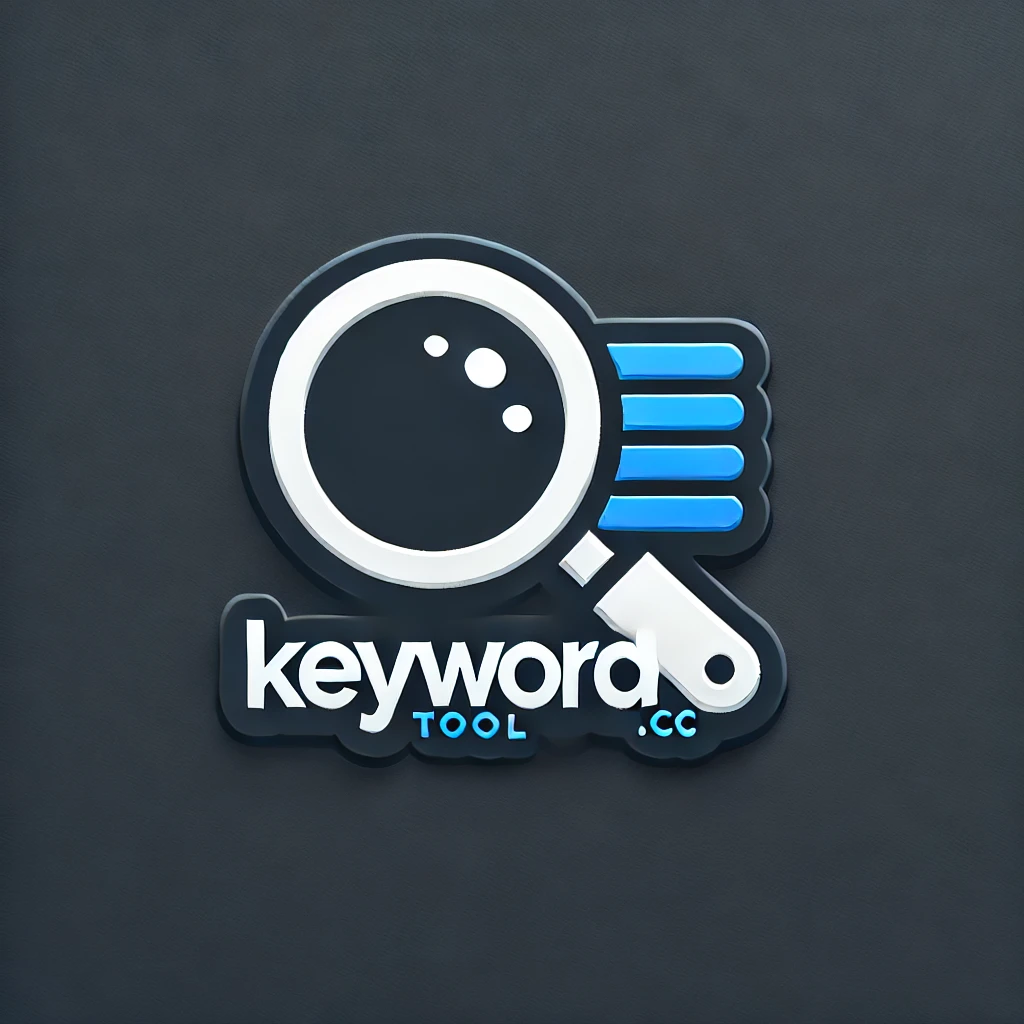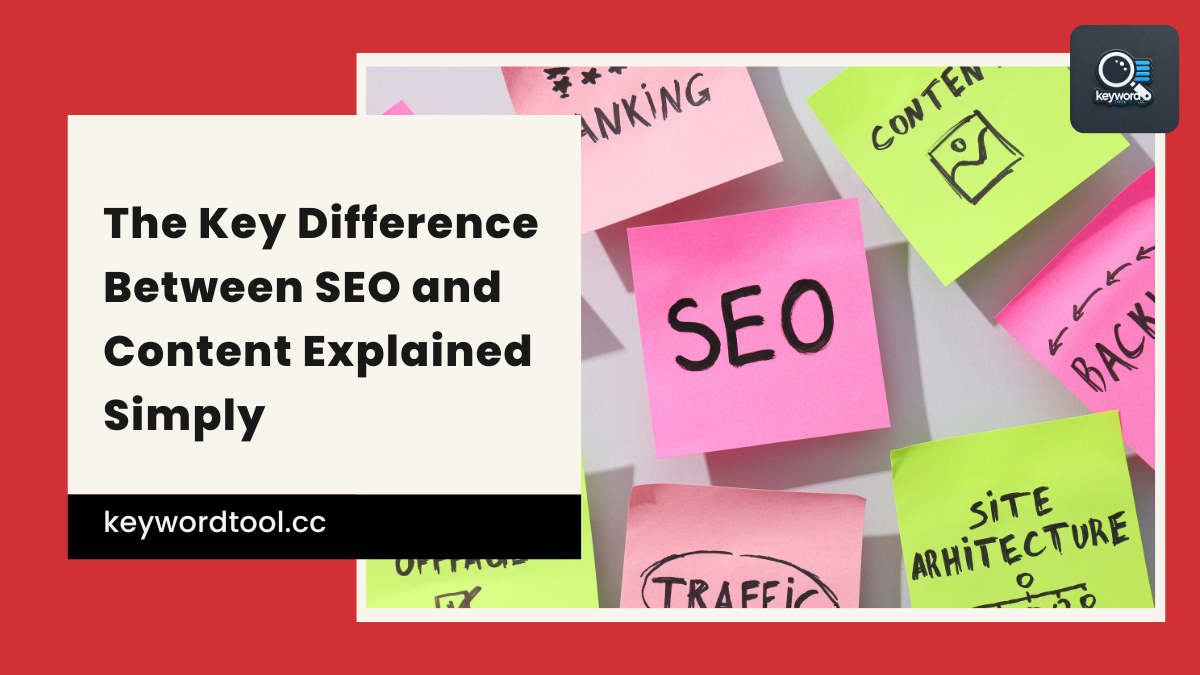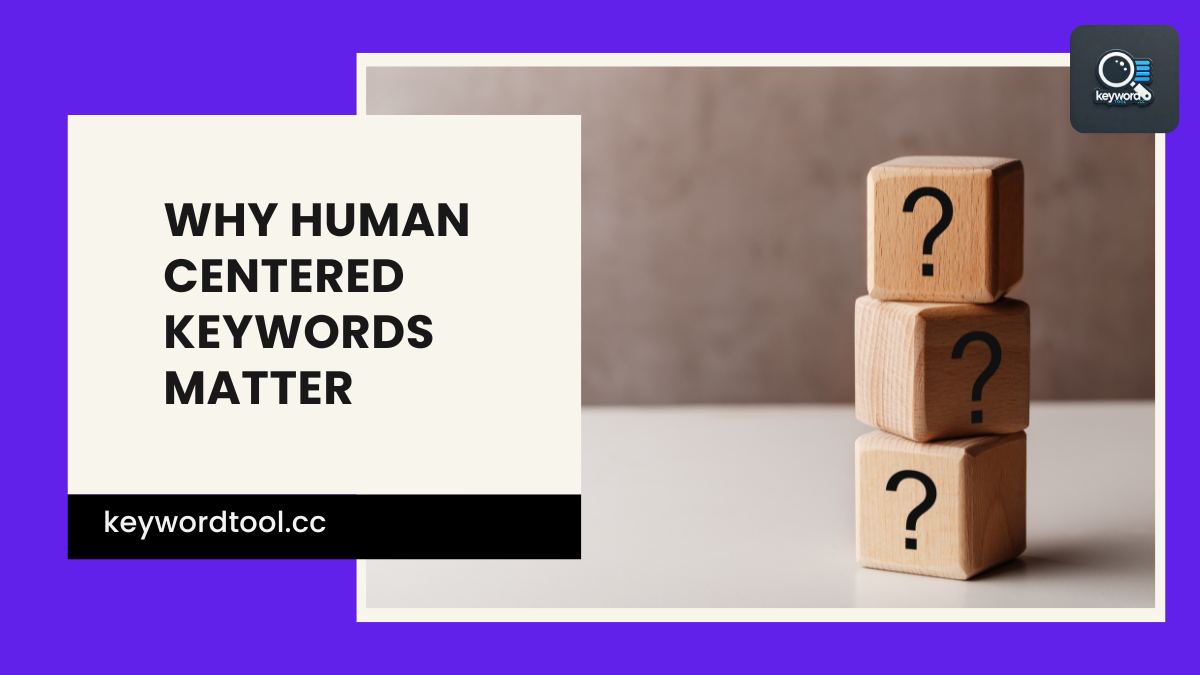Ever feel like SEO and content get tossed around like they’re the same thing? They’re not. Think of them as peanut butter and jelly—great together, but totally different spreads. Understanding the difference between SEO and content can save you from pouring hours into blog posts that never rank or optimizing pages no one wants to read. This article breaks it down without the fluff, so you’ll know what drives traffic, what keeps readers hooked, and how the two actually team up. If you’ve been guessing which lever to pull for better results, you’re about to get some clarity—minus the jargon.
Definition
SEO means making changes to a site so that search engines understand it better. The goal is to get pages to show up higher when people search for related topics. This involves using keywords, fixing technical issues, and building links from other sites. SEO also includes structuring pages in ways that help bots scan them easily.
Content is what people read, watch, or listen to on a site. It can be an article, podcast episode, how-to guide, or product description. Content speaks directly to the reader. It answers questions or solves problems. Good content holds attention and encourages clicks, shares, or comments.
Here’s where many folks mix things up: SEO helps people find your stuff; content is the stuff they find.
You can write an amazing blog post—but without SEO tactics like keyword use or proper headings—it may never show up in search results. On the flip side, you can spend hours optimizing a page with all the right tags and meta descriptions—but if there’s no valuable information on it—people won’t stay long.
The difference between SEO and content comes down to purpose and function. SEO works behind the scenes to guide traffic from search engines. Content works on the front lines by speaking directly to humans once they land on your page.
Think of SEO as helping machines understand your site and content as helping people enjoy it once they’re there. Both need each other but do separate jobs.
Without solid content, even great optimization won’t drive real results over time. And without smart optimization strategies in place—even helpful articles may struggle to reach their audience at scale.
Each plays a role in getting seen—and staying seen—online today.
Purpose and Goals
SEO wants to bring users to your site. Content wants to keep them there. That’s the short version, but let’s break it down a bit more.
The main goal of SEO is visibility. It works behind the scenes. Things like keyword targeting, title tags, meta descriptions, and structured data all play a role. These tools help search engines understand what your page is about. The better search engines understand your content, the higher it can rank in results pages.
On the flip side, content focuses on people—readers who click through from those rankings. Good content answers questions or solves problems. Some pieces aim to teach something new; others might tell a story or share an opinion. Either way, content tries to hold attention and drive action—comments, shares, conversions.
Here’s where things get interesting: SEO without strong content won’t do much long-term good. You might land traffic from search engines for a while, but if visitors bounce quickly or don’t interact with your material, rankings may drop over time. On the other hand, great writing that no one finds? Equally unhelpful.
So when thinking about goals: SEO cares about how people find you; content cares about what they do after they arrive.
This speaks directly to the difference between SEO and content—they serve separate purposes but need each other to be effective. One brings attention; the other builds trust or interest once someone clicks through.
If you’re tracking performance using analytics tools or dashboards (and you should be), you’ll often see this divide clearly: traffic spikes driven by keywords show SEO at play; longer time-on-page stats suggest solid engagement with your material—that’s your content doing its job well.
Pairing both correctly means you’re not just showing up—you’re staying relevant too.
The Key Difference Between SEO and Content
SEO cares about how people find your stuff. Content cares about what those people do once they’re there.
Think of SEO as the map that leads someone to your page. It focuses on keywords, titles, links, and making sure search engines can crawl your site without getting lost. If these parts aren’t in place, even great posts may sit unseen. SEO brings visitors through Google’s door.
Content, on the other hand, does all the talking once someone walks in. It gives them answers, solves problems, or keeps them interested long enough to click something else you wrote. Good content builds trust and encourages return visits.
The real challenge is that one without the other doesn’t get far. Strong writing with no optimization might earn likes on social media but fail to show up in search results. On the flip side, a well-optimized post with weak material won’t hold attention or drive engagement.
Another key point—SEO performance is easier to track through tools like Google Search Console or Ahrefs. You’ll see which pages rank for what terms and how many clicks they get from search engines alone. But content value often shows up somewhere else: time on page, shares on social platforms, comments from readers.
So while SEO shapes how a post is discovered online, content shapes its impact after that discovery happens.
Knowing where each plays its part helps you decide what needs fixing first—your visibility or your message delivery strategy? Once both speak clearly—and together—you stop guessing why traffic stalls or why bounce rates climb faster than rankings rise.
How They Work Together
Content and SEO might seem like two separate jobs, but they actually rely on each other. Content gives people something to read, watch, or share. SEO helps that content show up when someone searches online. If one is missing, the other doesn’t do much.
Let’s say you write a helpful blog post. Without SEO, it might never reach anyone outside your current followers. On the flip side, if your page is optimized for search but offers nothing useful or original to read, visitors bounce fast—and rankings drop just as quickly.
Search engines look for pages that answer questions clearly and efficiently. That means strong headlines, keyword use in the right places (not everywhere), and structure that makes sense. But even with all those pieces in place, if the writing lacks value or clarity, no amount of optimization will save it.
That’s where content steps in with purpose—answering real questions and giving readers something worth their time. It keeps people on your site longer and encourages sharing across platforms. And guess what? Search engines notice both of those things.
SEO depends on quality text to give relevance to keywords and help search bots understand context. At the same time, content needs visibility—and that’s exactly what optimization delivers through tactics like meta tags, internal linking, image alt text, and proper formatting.
The difference between SEO and content becomes clearer once you see how they support each other: one brings eyes to the page; the other keeps them there.
When both sides play nice together—keywords placed naturally inside useful material—you get more than just clicks; you get traction over time. And while tools can tell you who’s landing where from Google versus social media shares, neither metric matters without solid writing backed by smart strategy.
So instead of choosing between them or treating them like separate tasks on a checklist—think of them as teammates working toward better traffic and stronger engagement from day one.
Bringing Strategy and Story Together
Understanding the difference between SEO and content is like knowing the roles of a map and the road trip—it’s not either/or, it’s both. SEO sets the direction by optimizing visibility in search engines, while content delivers the value that engages and converts. While their purposes differ, they’re most powerful when aligned to serve shared goals like traffic, rankings, and audience engagement. By recognizing how SEO guides discovery and content drives connection, you can create a strategy that speaks to both algorithms and humans. Mastering this balance is where real digital growth begins—no guesswork required.










